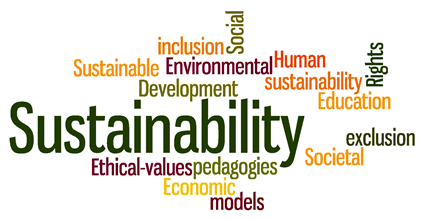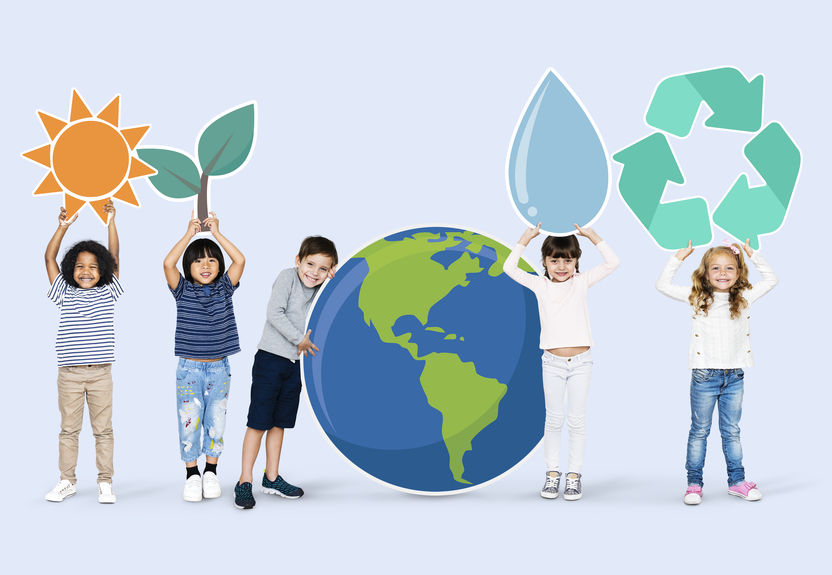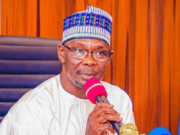As Nigeria ushers in a new era of educational reform, there is growing recognition that Education for Sustainability must become a central plank of what schools teach. The next generation will face environmental challenges, climate disruptions, and resource scarcity. Without a deliberate shift in how we prepare young minds, we risk leaving them ill‑equipped for the responsibilities and opportunities of the future.
By January 2025, Nigeria is set to roll out its revised basic education curriculum, introducing fifteen new vocational and trade‑related subjects designed to give students hands‑on experience and marketable skills in trades such as solar installation, agriculture and beekeeping, phone and CCTV repairs, and digital literacy. This bold step aligns well with the broader vision of Education for Sustainability, which emphasises environmental stewardship alongside employability.
Crucially, Education for Sustainability: what schools should be teaching in 2025 must go beyond merely adding new trade subjects. It should integrate sustainability concepts directly into lessons—whether theoretical or practical—so that every child graduates not only with a skill but with an understanding of how that skill can support sustainable communities.
Table of Contents

Curriculum and pedagogical overhaul
The new curriculum for basic and secondary levels is not a minor tweak. It is a complete transformation away from rote memorisation toward inquiry‑based, project‑oriented learning, as described under Nigeria’s Project 2025 initiative. Under this model, students might, say, learn mathematics through designing solar‑powered irrigation systems, or science through constructing sustainable gardens. That is the essence of Education for Sustainability in action.
Moreover, the secondary curriculum review underway in early 2025 emphasises linking subjects across disciplines, introducing digital literacy and critical thinking, and forging partnerships with industry to deliver real‑world, sustainable projects. Those reforms help ensure that Education for Sustainability: what schools should be teaching in 2025 becomes lived experience, not abstract theory.
Practical sustainability in schools
International models like the Eco‑Schools programme show how a whole‑school approach can embed sustainability across every aspect of school life. This includes forming sustainability committees with students, conducting environmental audits of energy, waste and water, linking activities into the curriculum, and involving the wider community. Schools in Nigeria should adopt similar seven‑step frameworks to institutionalise Education for Sustainability at every level.
Garden‑based learning and outdoor education are additional tools that offer hands‑on engagement with nature and help students internalise sustainability lessons. Students learn where food comes from, how to care for ecosystems, how to reduce waste, and how biological systems support life and livelihoods. Similarly, arts‑based environmental education helps children emotionally connect with the environment, deepening the personal meaning of sustainability efforts.
Teacher training and capacity building
One major concern identified during Nigeria’s preparations for the new curriculum was the lack of teacher training and instructional materials. Educators in FCT lamented feeling unprepared, lacking resources, and uncertain how to deliver the changes. For Education for Sustainability to succeed, teachers must receive robust professional development, learning new pedagogies, integrate environmental themes into core subjects, and coordinate school‑wide sustainability plans.
Supporting that need, programmes such as India’s Shell NXplorers initiative have trained teachers to guide students in real-world sustainability challenges, merging STEM education with environmental problem solving. Nigeria could benefit greatly from similar partnerships, equipping teachers with tools to bring Education for Sustainability into the classroom meaningfully.
Assessment aligned with sustainability goals
Traditional examinations are limited, but Project 2025 includes plans for assessment through projects, portfolios and formative assessments that emphasise critical thinking and real-world application. In a sustainability‑centred curriculum, students might be assessed on a community garden project, an energy audit of the school, or a business proposal for a waste‑management system. That helps ensure that Education for Sustainability: what schools should be teaching in 2025 is not merely taught, but actually practised.

Student agency and community involvement
Generating real impact means empowering students to lead. Reddit discussions on sustainability in schools highlight the value of student‑led sustainability committees, long‑term planning, and genuine ownership of environmental projects. Schools could involve students in action planning cycles for a 1‑, 3‑ and 5‑year sustainability roadmap, with measurable targets and accountability.
Community involvement also matters greatly. Education models in Maharashtra, India, incorporate local artisans, parents and environment experts into school committees that shape curriculum and infrastructure, linking schooling to local culture and place‑based relevance. Nigerian schools could similarly anchor Education for Sustainability in local ecosystems and community needs, be it coastal erosion mitigation in Lagos or forest conservation projects in South-South states.
Linking vocational skills and green livelihoods
With Nigeria’s new curriculum embedding thirty basic and trade subjects, schools will soon produce graduates adept in skills like solar installation, agriculture, digital literacy and more. The key is to ensure these skills are framed within sustainable livelihoods. For example, teaching solar installer skills should include modules on energy efficiency, environmental impact, business models that serve rural off‑grid communities sustainably, and safe disposal of e‑waste.
This approach captures the dual purpose of Education for Sustainability: fostering economic opportunity and environmental stewardship hand in hand.
Policy, governance and funding support
A strong policy framework is already in motion: Nigeria launched a Safe Schools Policy in 2025, partnered with UNICEF, and is implementing curriculum changes across states. It is also dismantling the traditional JSS/SSS structure in favour of a continuous 12‑year basic education model starting 2025, which aims to eliminate drop‑outs and standardise access to new curricula nationally
For Education for Sustainability to take root, policy must support sustainability coordination at state, school and classroom levels—backed by budgets for infrastructure upgrades (e.g. water harvesting, solar systems), teacher training, curricula development and partnerships with NGOs or Green Schools Alliance‑style networks.
International collaboration and higher education linkage
Universities are also moving to embed sustainability across their programmes. Arizona State University now requires all students to take a sustainability course, linking education at all levels to planetary challenges. In Nigeria, too, universities and secondary schools should collaborate, creating pathways for students interested in sustainability studies, green entrepreneurship, and environment‑focused careers.
By partnering with foreign institutions or global networks, Nigerian schools can bring fresh expertise, curricular models, and exchange opportunities that enrich Education for Sustainability across the system.

Conclusion
What does all this mean for a child in Lagos, Abuja or Ibadan in 2025? It means that from Primary 3 onward, schooling goes beyond reading, writing and arithmetic. Children will plant gardens, monitor energy usage in classrooms, repair phones powered by solar energy, and pitch environmentally friendly business ideas. They will learn that real‑world science can heal communities, cut waste, and even create jobs. That shift—this reorientation towards responsible, capable citizenship—is at the heart of Education for Sustainability.
For teachers, the new curriculum offers both challenge and opportunity. They must now become facilitators of inquiry, guides to young stewards of the planet, and architects of cross‑disciplinary projects. That will demand time, training and support—but also provides deep professional fulfilment.
Parents and communities will need to adjust their expectations, embracing a vision of schooling in which environmental responsibility and employable skills go hand in hand. Schools will need to open their gates to neighbours to host community garden days, sustainability fairs, and inter‑school exchange of ideas. In doing so, Education for Sustainability: what schools should be teaching in 2025 becomes embedded not just in lessons, but in life.
Join Our Social Media Channels:
WhatsApp: NaijaEyes
Facebook: NaijaEyes
Twitter: NaijaEyes
Instagram: NaijaEyes
TikTok: NaijaEyes
READ THE LATEST EDUCATION NEWS








































